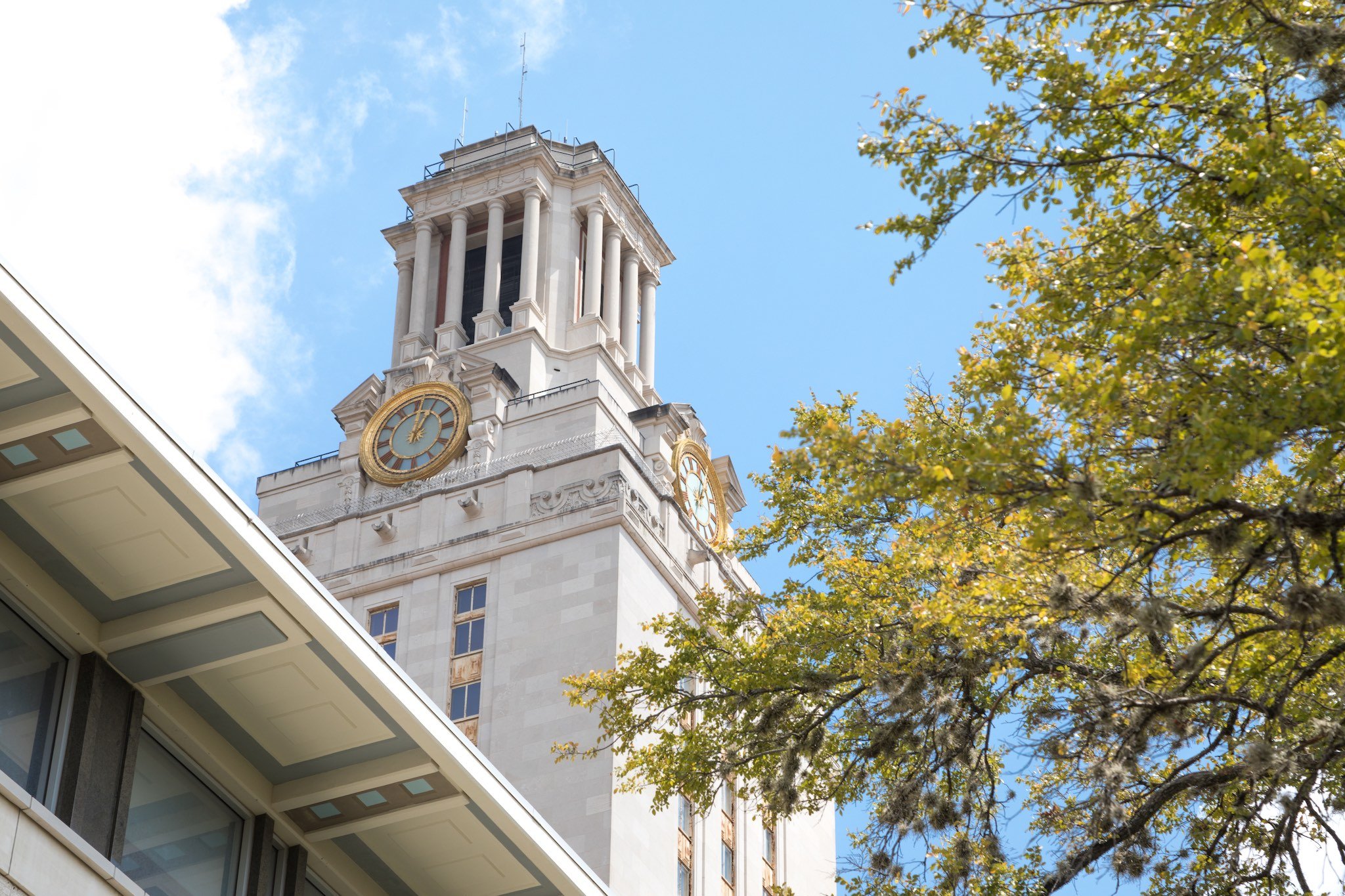
‘Their Knees Are Still on Our Necks’: Black Women in Higher Ed
Female African American scholars still face significant obstacles in academia even without being slapped by Governor Greg Abbott’s regressive reforms.
I worked as an adjunct professor at a Southeast Texas community college for 18 years. During the initial decade, I held a master’s degree. However, recognizing the need for further academic advancement, I pursued and obtained my doctorate. Despite consistently receiving positive faculty evaluations and what seemed like countless interviews, I could not secure a job as a full-time professor. That position remained out of reach, leaving me perplexed and searching for answers.
My dissertation centered on educational policies, aiming to pave a path toward advocacy for community colleges and Historically Black Colleges and Universities. During this research, I stumbled upon an article authored by a Black female scholar detailing her experiences within a predominantly white institution. Reading about her encounters with micro- and macro-aggressions deeply resonated with me, mirroring my own experiences. This profound connection changed the trajectory of my scholarship. I began to research the lived experiences of Black women scholars at community colleges, which, unbeknownst to me at the time, are primarily white institutions.
Community colleges have earned the label of “the people’s college” due to their diversity among student bodies. The number of nonwhite students enrolled in community college exceeds the number of whites. Yet the faculty employed at community colleges remains predominantly White, with those identifying as white accounting for 77 of full-time faculty and 74 percent of part-time faculty, according to a recent study.
Despite African American female degree attainment increasing across all groups, African American female faculty account for just 4 percent of all faculty members in higher education, according to a 2021 study. Over the past 50 years, universities have undertaken initiatives to diversify the ethnic and racial makeup of their faculties, including programs aimed at recruitment, retention, and curriculum development. Despite these efforts, meaningful diversity remains elusive, and the faculty at most institutions of higher learning is still largely white, male, and middle-class.
In January 2021, President Joe Biden took decisive action by issuing Executive Order 14035, aimed at advancing diversity, equity, inclusion, and accessibility throughout the Federal Government, addressing employment discrimination, systemic bias, and gender inequality.
“I have encountered firsthand the painful realities of racism, sexism, and discrimination within the landscape of academia.”
However, Governor Gregg Abbott recently signed Senate Bill 17 (SB 17), a law prohibiting all state-funded colleges and universities in Texas from incorporating diversity, equity, and inclusion (DEI) in their hiring policies. Abbott warned that any state public college or university failing to comply with this directive would risk losing access to state-allocated funding.
Abbott’s nullification of the diversity, equity, and inclusion law, which was already largely dormant in higher education institutions, underscored the persistent presence of racism and discrimination within higher education and set the progress of underrepresented groups back 50 years—specifically that of Black female scholars, because they were already being hired in disproportionately low numbers at higher education institutions.
As an African American female faculty member who has been employed part-time for more than a decade at a community college. I have encountered firsthand the painful realities of racism, sexism, and discrimination within the landscape of academia. Through my experiences, I have gained a profound understanding of the intricate nuances of systemic and structural racism. It has become evident to me the deliberate measures already taken by white administrators to circumvent the hiring of African American female faculty members, revealing the depth of institutional barriers and biases present within the higher education system prior to Abbott’s reforms, such as racism, stereotypes, and the presumption of incompetence.
Black and white scholars consistently report the lack of diversity and the hostile environments within the academy in their scholarship. Black female scholars have been pioneers in education since their liberation from slavery. However, even today, the systemic obstacles they face continue to suppress their progress, echoing the haunting reality that their knees are still on our necks.
Realizing authentic diversity, equity, and inclusion will require a united effort.
African Americans and other members of various underrepresented groups already fervently champion this cause within their own circles. However, it is the responsibility of all groups aligned with this principle to amplify their collective voices, boldly challenge existing biases, and advocate for inclusive policies that benefit everyone. And until we come together in unity, equity and inclusion will remain elusive. The moment has arrived for us to transcend the rhetoric about diversity and actively cultivate its presence as a lived reality within our communities, workplaces, and institutions. As Margaret Mead said, “Never doubt that a small group of thoughtful, committed citizens can change the world; indeed, it’s the only thing that ever has.”



